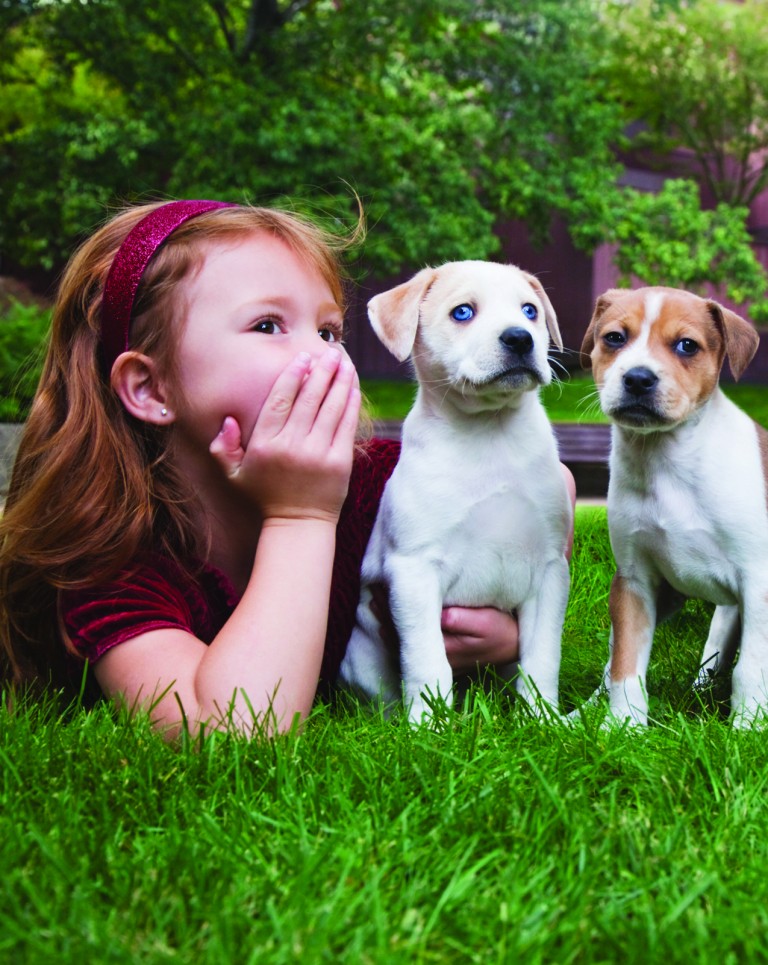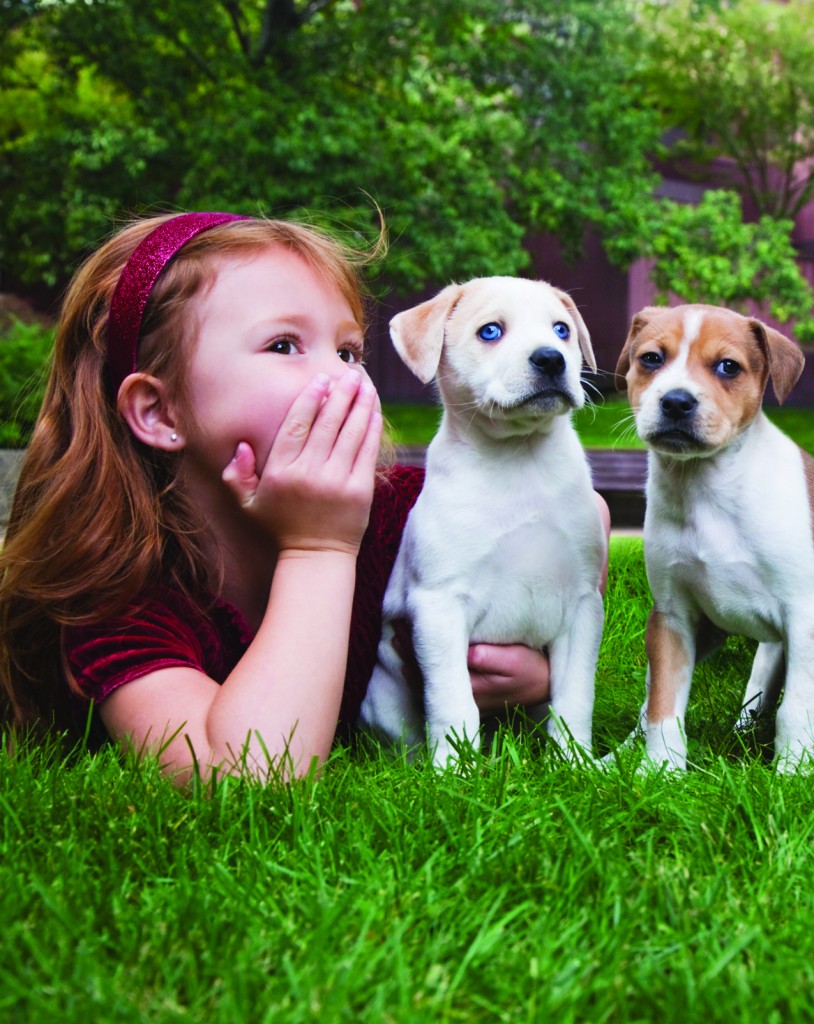In many families, kids and pets get along famously. Many youngsters are natural born animal enthusiasts while pets tend to respond to kids’ gentle and loving nature.
But the bond between kids and pets is one that develops over time, and parents welcoming a new pet into their home should know that this transition is not always easy. Teaching kids to treat pets with love and respect and watching pets to ensure kids are safe in their company can help calm parents’ nerves. The following tips, courtesy of the ASPCA, can ensure both kids and pets stay safe while building a strong bond and a healthy relationship.
• Teach kids to protect themselves from overexcited pets. Pets, especially puppies, can easily become overexcited. This can be mistaken for aggressiveness, especially by kids who might be scared. Teach kids to protect themselves from overexcited pets, including dog bite prevention. If kids fear their dog might bite them, then teach them to roll into a ball, protect their hands and face and call for help. Running and screaming might upset the dog, who then might go on the defensive.
• Teach kids to recognize signs of aggression. Sometimes dogs will use body language to let people know they do not wish to be approached. Adults and kids alike should familiarize themselves with these mannerisms as a safety precaution. If these signals are ignored, then the dog might bite to protect itself.
Signs of defensive aggression include:
• ears back, pupils dilated
• tail down and tensed
• posture mildly crouched, weight over rear legs
• muzzle tense, wrinkled and snarling, and teeth exposed
When a dog is exhibiting any of these signs, adults and kids should not approach the dog and let it cool down.
• Keep kids’ toys away from pets and vice versa. Kids’ toys are not always pet-safe and pets’ toys are not always safe for kids. Separate the two and explain to kids that they should not use their toys when playing with pets.
• Teach kids to respect a pet’s “safe spot.” Pets may need a “safe spot” to which they can retreat and be sure no one will follow them. These spots are safe havens for pets, especially those adopted from shelters who might need more time to adjust to a new environment than a puppy or kitten. Teach kids to respect these “safe spots,” which might be a crate or a sleeping area, leaving pets alone when they retreat to such areas. Pets react defensively when others try to access their safe spots.
• Teach kids and pets rules for each game. When playing reward games, such as those when a pet gets a treat or toy if it behaves correctly, teach pets to sit in order to get their reward, and teach kids that the pet must be sitting in order to earn its reward. This can keep kids from being jumped on or accidentally bitten when a pet gets overexcited by the sight of a toy or treat. It also teaches pets that they can’t get what they want simply by being physical. If the pet won’t sit, then adults and kids should walk away without giving the pet its treat or toy.
Parents who bring a new pet into their home often find the pet quickly becomes an irreplaceable member of the household. But parents should still take certain precautions to protect kids and pets alike.


